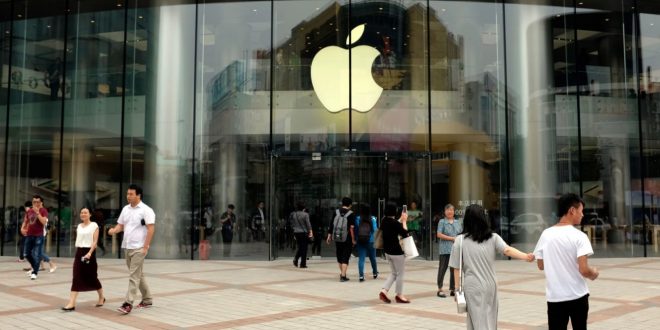As COVID-19 shakes the second-largest economy in the world, China’s smartphone market is experiencing a speed bump after a decade of frantic growth.
According to research firm Counterpoint, the nation’s smartphone shipments fell 14% year over year in 2022, hitting a ten-year low. According to Canalys, it was also the first time in ten years that handset sales in China fell below 300 million units. China recorded a 5% quarter-to-quarter decline in smartphone shipments, even in December, which has historically seen seasonal increases in sales.
China’s years of double-digit growth came to an end as a result of the three years of strict “zero-COVID” regulations that disrupted businesses and decreased consumer confidence, along with global macroeconomic headwinds. When COVID-19 restrictions were abruptly relaxed in early December, a surge in cases occurred, further stressing the already-weak economy. China’s GDP increased by 3% last year, the smallest increase since 1980 (excluding 2020).
There are other countries experiencing a decline besides China. Shipments of smartphones decreased 11% globally in 2022 compared to the previous year.
In November, Alibaba’s annual shopping extravaganza provided some hints about China’s declining purchasing power. For the first time since it began in 2009, the occasion, which is frequently compared to Black Friday and regarded as an indicator of the nation’s consumer appetite, did not release its final sales figure in 2022.
In this gloomy time, one person emerged victorious. According to Canalys, Apple ended the year with an all-time high market share of 18% as a result of “aggressive promotions” and “resilient” demand in China’s high-end market. Its rise also coincides with Huawei’s decline in the premium handset market as a result of U.S. sanctions that prevent it from obtaining top-tier chipsets.
China and Apple continue to have a delicate relationship. Not only is the nation one of its biggest markets, but it also served as the foundation for manufacturing the most valuable company in the world at the time it was founded. However, COVID-related production delays in recent years, like a rare worker protest at a significant Foxconn plant that halted production, forced the hardware titan to reconsider its supply chain strategy. Early in December, The Wall Street Journal reported that Apple was considering moving some of its supply chains from China to other countries in Asia, such as Vietnam and India.
According to JP Morgan analysts, India in particular is anticipated to play a larger role in Apple’s supply chains as the company plans to increase its manufacturing capacity in the nation to produce 25% of all iPhones by 2025.
According to shipment, Apple, Vivo, Oppo, Xiaomi, Honor (which was separated from Huawei as a result of American sanctions against the parent company), and Honor were the top smartphone brands in China in Q4.
 Tech Gadget Central Latest Tech News and Reviews
Tech Gadget Central Latest Tech News and Reviews




